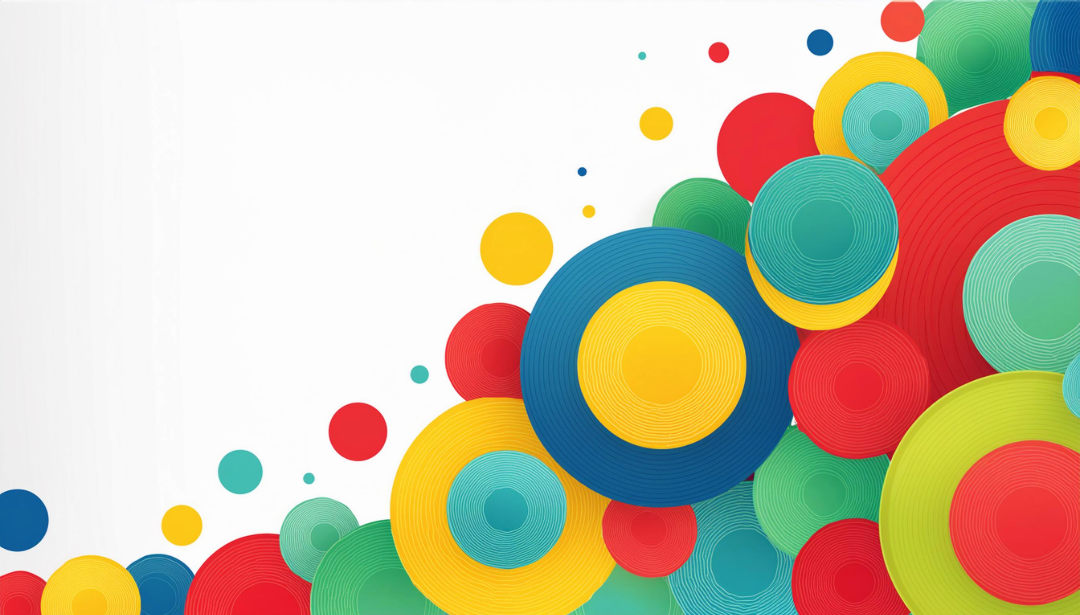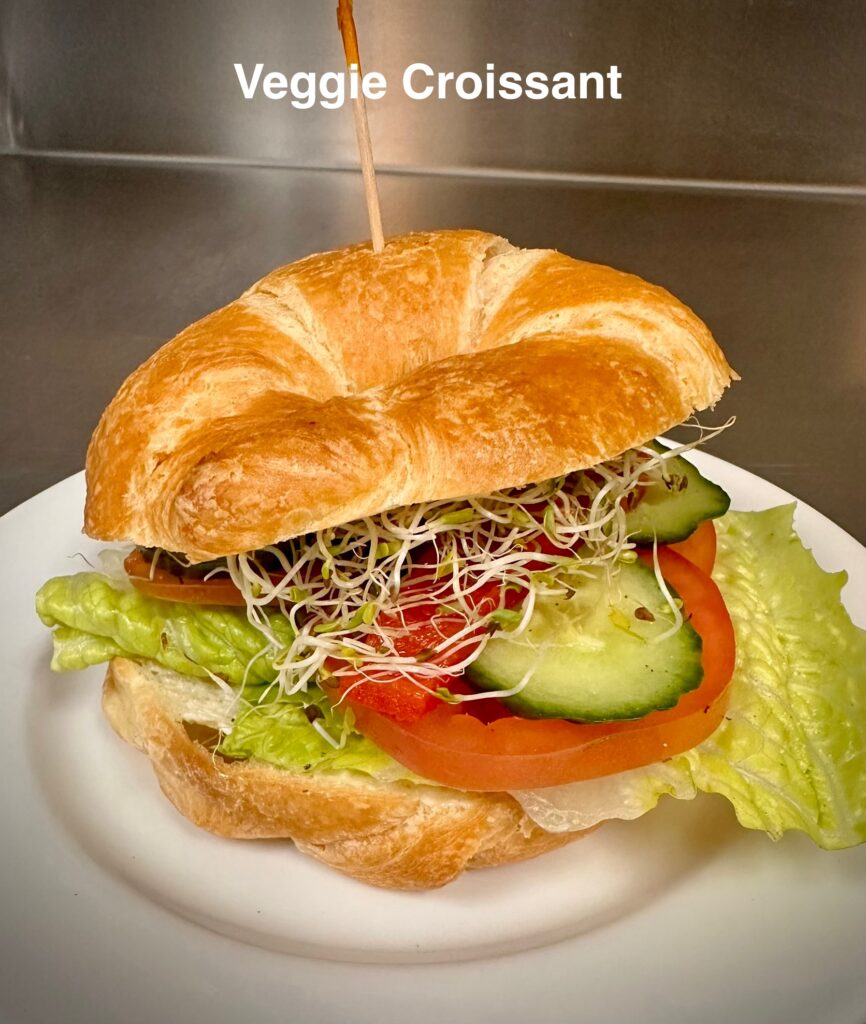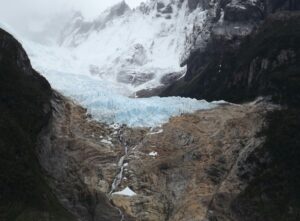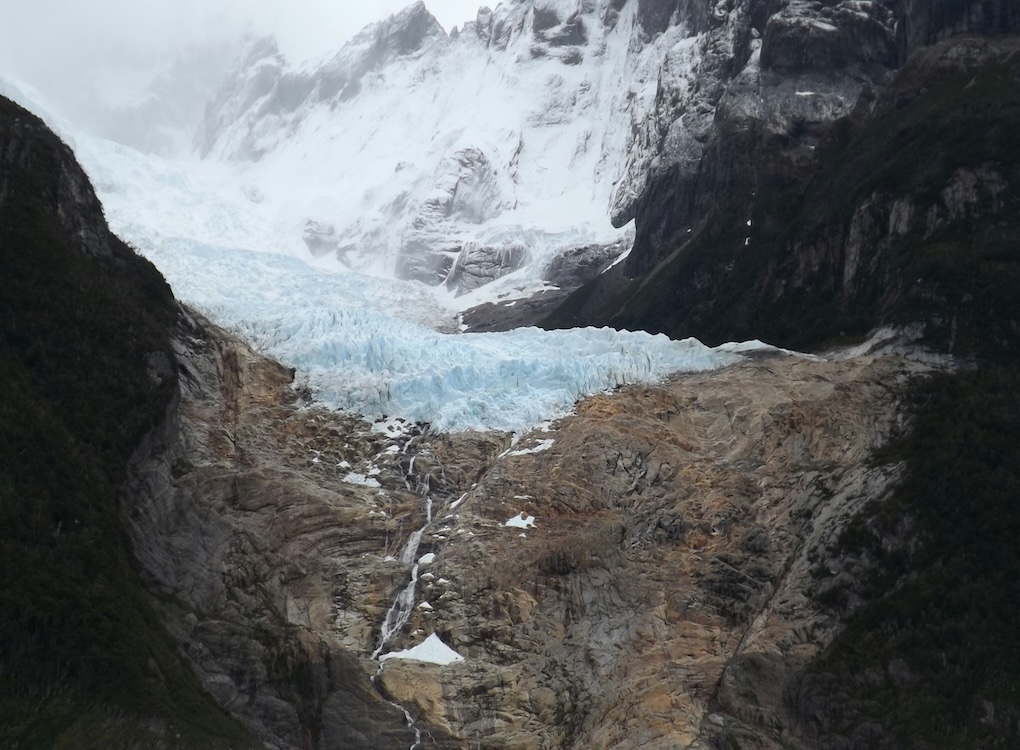Blog
My Clash of Lifestyle Conundrums
I am just one person among about 8 billion people. If I flap my arms and disturb the air around me, nobody notices on the other side of our planet.
But.
I want to do my part, hoping that if everyone did their part, we might make a difference to global preservation.
The conundrum I have is how to measure what I do every day to help the planet and ensure it’s actually helping, not hurting.
For example, is it better for me to wash my car with clean, high-quality drinking water rather than rainwater, whether from actual rainfall or saved rainwater collected in a bucket and used with a brush? Or do I have a change in my cultural standards with the acceptability of dirty car exteriors, except perhaps for weddings and funerals?
For what it is worth, my car is usually dirty. I don’t equate my vehicle with my self-esteem or other aspects of my personality. I just refuse to use drinking water to wash my car throughout most of the year.
But what if commercial car washes could reduce their use of drinking-quality water by 95%? Allowing for evaporation, their water use would be 100% recycled through filtering. If we can invent material to block out the smallest of organisms, surely we can filter out visible particles.
Another example is the water that goes down the drains into the sewer systems. Since a lot of that water is heated, homes could add on systems to extract the heat and return it to the house in a usable form. This invention exists and is in use.
Unlike oil, water doesn’t lose its ability to return to its original state. Steam and ice return easily to water at room temperature. Even the dirtiest of water samples can be cleaned with existing filters.
Much of the water we use doesn’t need to be drinking-quality water. It needs to be safe to be handled. Think of how much water goes down your bathroom sink, just after you flush the toilet. It should be a standard building code that any new buildings or sales of new sinks for renovations feature a diversion of sink water into a holding tank for the bathroom.
If we extend our thinking further, individual residences could aim to reduce 80% of their water use with minimal impact on their standard of living. I note that the final 20% is usually very costly.
The glaciers in the Canadian Rockies are receding quickly. Some estimates suggest that by the end of the century, these glaciers may no longer provide major cities downstream with the amount of water they use today.
Please give this a bit of a think. What are some water-saving ways we could integrate into our lives, and some cultural norms we could alter?
I am curious about your thoughts. Please comment below or send me an email with your bit of a think.
Photo by mauro hernandez on Unsplash
If you enjoyed The Blog, please share it with others. Thanks.
And my thanks to St. Albert’s 50+ Activity Centre for making this Blog possible.

Volunteer Blogger
glenn.walmsley@icloud.com










